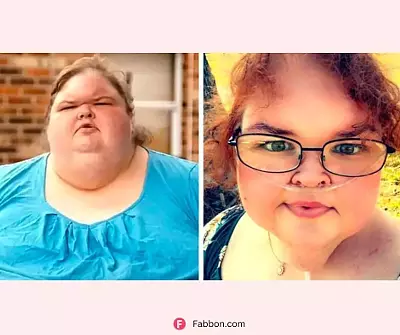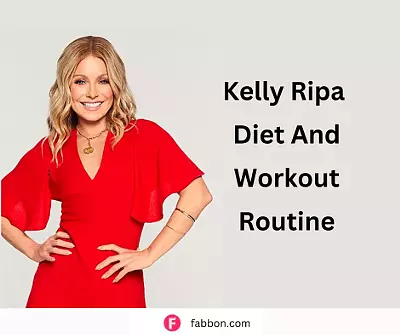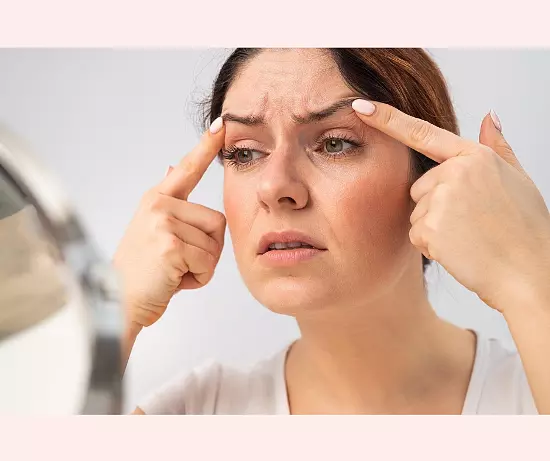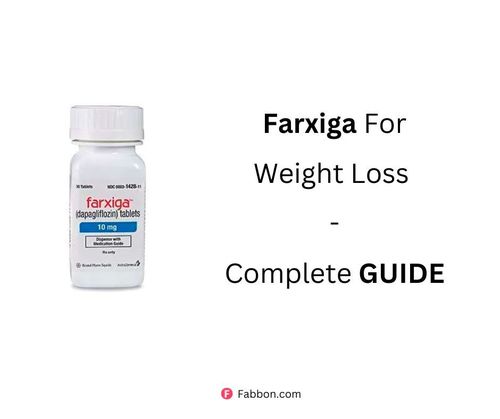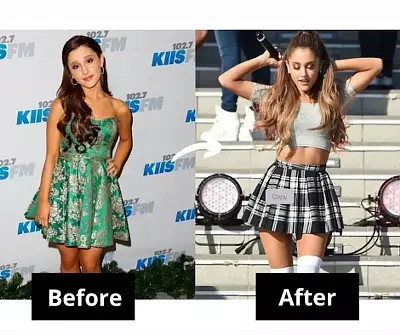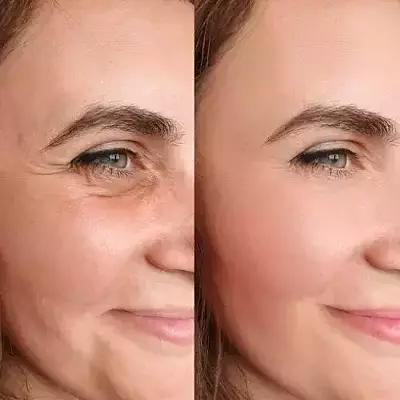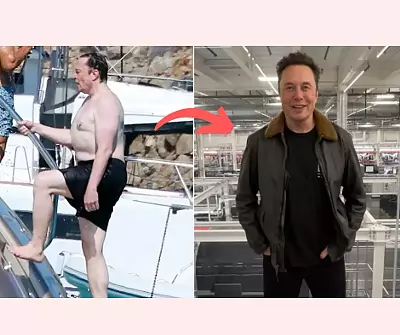Keto Diet- Ultimate Guide With Diet Plan, Pros, Cons And Foods List
Shivangi Chatterjee
Updated At 26 Aug 23
All around the world, there has been an upsurge in the number of diseases. It is due to the sedentary lifestyle, untimely food consumption, low-quality foods, stress, etc. that people are victims of, these days. On top of that coronavirus has made people truly anxious about their health. This has resulted in following different types of diets. The Keto diet is one of them that has gained immense popularity in recent times.
Keto Diet - Full Guide

What Is Keto Diet?
Keto or ketogenic diet is a low-carb diet, much like the Atkins diet.
Keto diet involves the consumption of very low amounts of carbohydrates and replacing them with fats to help the body burn fat for energy. It is extremely helpful in reducing weight, as well as reducing the risks and effects of certain diseases.
The keto diet is a low-carb, high-fat diet that has been proven to be quite beneficial. It shares many similarities with the Atkins diet. The reduction of carbs consumption puts your body in a metabolic state called ketosis. The keto diet forces your body to use different types of fuels. Instead of relying on sugar from carbohydrates, the keto diet relies on ketone bodies, a type of fuel that is produced from stored fat by the liver.
Read More: Noom Diet

What Is Ketosis?
In the keto diet, ketosis is the metabolic state in which your body burns fat for energy, instead of carbs.
Following a ketogenic diet is the ideal way to achieve ketosis. The limit of carbs consumption per day should be at max 50 grams.
Protein intake should be limited too for protein is converted to glucose if consumed in large amounts, which slows down the transition into ketosis.
Read More: Paleo Diet

Benefits of the Keto Diet
There are various health benefits that come along with this diet.
- First and foremost is that it helps lose weight and maintain a healthy BMI. It is even proven to be as beneficial for losing weight as a low-fat diet. It is in fact more beneficial for long-term weight loss than a low-fat diet. It itself is so fulfilling, that it reduces weight, without having to track calories.
- The Keto diet also helps reduce diastolic pressure and triglyceride levels.
Read More: Dukan Diet

- The increased ketones reduce blood sugar levels, improve insulin sensitivity, etc., and are therefore quite beneficial for diabetes and pre-diabetic patients. The diet helps in the reduction of excess fat, which is closely linked to type-2 diabetes, pre-diabetes as well as metabolic syndrome. It may reduce the usage of certain diabetes medicines because of sugar management through the diet.
- Other health benefits of the diet include the treatment of neurological diseases such as epilepsy. It also helps manage heart diseases like cholesterol levels, blood pressure, etc. Its management of insulin levels helps with Polycystic Ovarian Syndrome. It is also proven to help certain traumatic brain injuries.
Also Read: Farxiga For Weight Loss
Foods to Avoid In Keto Diet
Following a diet can be challenging since it requires discipline and tests one’s control and will. There are a lot of restrictions that come with this diet, following which you are assured to get the desired benefits. These are foods you should avoid:
· Sugary foods like smoothies, canned fruit juice, soda, ice cream, candy, etc.
· Root veggies like potatoes, sweet potatoes, carrots, etc.
· Unhealthy fats like processed vegetable oil.
· Alcohol
· Sugar-free foods like syrups, desserts, etc.

Foods to Eat In Keto Diet
There are certain foods you need to consume or increase your quantity of to give sufficient fats to your body.
· Meat like chicken, bacon, steak, ham, etc.
· Pastured or omega-3 whole eggs
· Unprocessed cheese like cheddar, goat, etc.
· All sorts of nuts and seeds like flax, pumpkin, sunflower, chia, etc.
· Green veggies, tomatoes, peppers, onion, etc.
· Fatty fish like tuna, salmon, mackerel, etc.

Sample Keto Diet
When it comes to following a rigid diet, it can be quite confusing, especially if you are just starting on your diet journey.
Here is a sample keto meal plan for 2 days to provide you with an outline of what it should look like.
1st day of the keto meal plan
Breakfast- tomato, basil, spinach omelet
Lunch- chicken salad with feta cheese (or any unprocessed cheese), olives, and a side salad
Dinner- Salmon fish along with half a bunch of asparagus with 1 or 2 tablespoons of butter

2nd day of the keto meal plan
Breakfast – nut milk chia oats pudding with blueberries and coconut topping
Lunch – avocado shrimp salad with lots of green veggies
Dinner- chicken breast stuffed with cream cheese and pesto, and a side of grilled zucchini
These are just a sample of the keto diet plan to give you an idea. Add or subtract as many dishes you like. Until the ingredients are well within the list of foods approved in the diet, you are good to go!
Keto meals to your rescue
There are hundreds of Keto recipes online. A bit of research can help you include variety of dishes to your diet, making dieting way less monotonous and too fun to eat!
Here are a few keto meals to give you an idea of how fun cooking and exploring recipes can be.

1. Mexican cauliflower rice recipe for keto diet
It has been one of the most popular keto meals for dinner for some years. Traditional Mexican food is not very keto-friendly. However, a fit of modifications and you are eating tasty and healthy food at once.
Ingredients required:
· Onion
· Red pepper
· Taco seasoning
· Grounded Beef/chicken
· Tomatoes
· Cauliflower rice
· Chicken broth
· Shredded cheese
Recipe:
Cook the ground chicken/beef in a pan until it is almost cooked. Add the onions and pepper and cook until the veggies are tender. Then add the taco seasoning to it.
After mixing all the ingredients, add the tomatoes and cauliflower rice. Add the broth and bring to a simmer. Keep the heat on medium-low and cook until the rice softens.
Sprinkle cheese on top of it, and then cover it for 3 to 4 minutes, until the cheese melts. Remove the pan from heat, and top it with your favorite toppings like olives, sour cream, cilantro, etc.

2. Keto chicken sesame recipe for keto diet
If you are a chicken lover, this keto meal plan would be your favorite. The keto diet is highly customizable, so do not forget to add your twists to it.
Ingredients:
· 1 egg
· 1 tbsp arrowroot powder or cornstarch
· Chicken thighs cut into smaller pieces
· 1 tbsp toasted sesame seed oil
· Salt and pepper
For sesame sauce:
· 2 tbsp soy sauce
· 1 tbsp toasted sesame seed oil
· 1 tbsp vinegar
· 1 clove garlic
· 2 tbsp sesame seeds
· ¼ tbsp xantham gum
Recipe:
Combine the egg and arrowroot powder in a pan. Whisk very well and then place the chicken pieces and marinate with the batter. Heat the toasted sesame oil and then add the chicken. Fry them properly but be gentle to keep the coating in place.
When all the chicken is cooked, add the sesame sauce to the pan. Let it cook for an additional 5 minutes for the chicken to soak in the sauce.
Take it off heat. Garnish the keto diet meal to your liking with sesame seeds, spring onions, etc.
These keto recipes are just a few among an ocean of delicious recipes. Explore online to formulate your own keto recipes.

Risks Of Following A Keto Diet
The keto diet is rigid and requires a lot of effort, will, and planning beforehand. The benefit of it is immense when done right. However, things can go wrong if you are callous or are doing mistakes in following the keto diet. Staying on the keto diet for a long have a negative impact on your body. These risks include:
· Low protein in the blood
· Kidney stones
· Fatty liver
· Micronutrient deficiencies
Even certain medications, like sodium-glucose cotransporter 2 inhibitors for type 2 diabetes can increase the risk for blood acidity, known as diabetic ketoacidosis, which is quite a dangerous condition.
It can have certain side effects as well. These include:
· Poor energy
· Nausea
· Bad breath
· Digestive discomfort
· Sleep issues
It is therefore suggested that you should keep track of how much you restrict yourself and not be too rigid with the keto diet. The keto meals causing excess side effects should be eliminated from your keto diet plan.

Keto Vs Atkins Diet Plan
The Atkins diet was introduced by Robert Atkins, a cardiologist, in the 1970s. Atkins diet is almost similar to the keto diet, for both are low-carb high-fat diets. If we do keto vs Atkins for ranking, both would be neck and neck.
The induction or phase 1 of the diet restricts carbs to 20 grams to 25 grams per day. This likely causes the body to enter ketosis and burn fat. Phase 2 of this diet prescribes a carbohydrate intake of 25 to 50 grams per day. Just like the keto diet, many high-carb foods like sweets, chips, sugary drinks, etc. are restricted.
Because of the similarities, some might think that Atkins diet and the keto diet are basically the same. However, there are some prominent differences that separate the two.
While the keto diet is a moderate protein approach of about 20% of calories per day, Atkins diet allows for up to 30% of protein calories. The Keto diet aims to keep the body in ketosis by limiting the carbs to an extreme. Atkins, on the other hand, gradually increases the carbs intake which will eventually kick the body out of ketosis.
One other difference between keto vs Atkins is that Atkins diet allows a variety of foods like fruits and veggies and even some grains, that are restricted in keto. Keto recipes are exclusive of almost all fruits, starchy veggies, etc.
Overall, Atkins diet has a lesser restrictive approach than the keto diet. You do not have to monitor ketones or target certain macronutrients to stay in ketosis.







